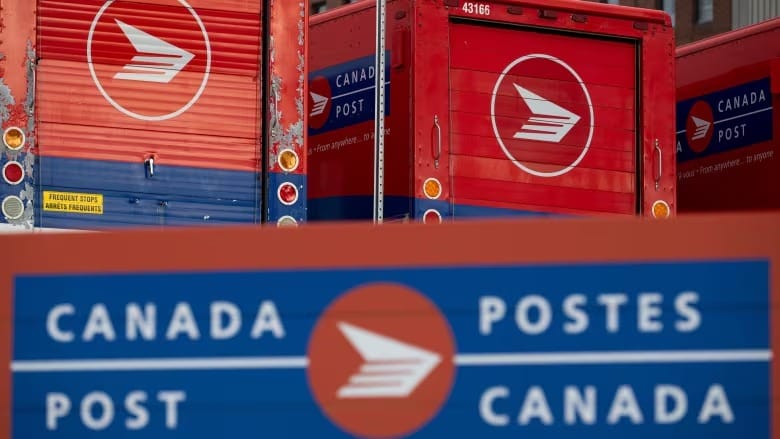Canadian trade survived the first Trump presidency. Here's how it can survive the second
Industries in Canada know Trump is threatening tariffs, but this time they have a plan


Canadian industries are once again preparing for potential upheaval as Donald Trump’s recent election win foreshadows renewed trade tensions. The U.S. remains Canada’s largest trading partner, and Trump's past trade policies, characterized by tariffs and protectionism, signal a challenging path ahead for Canadian exporters and industries.
For those who managed Canadian interests during Trump’s first term, this situation brings a sense of déjà vu. Catherine Cobden, head of the Canadian Steel Producers Association, recalls the impact of Trump's 2018 steel tariffs, which imposed a 25% duty on steel imports. Canada eventually secured an exemption after intense negotiations, something few other nations achieved. Cobden explained, "We determined that tariffs were harming both sides of the border." Since then, Canada has introduced strict rules on steel origins and tariffs on Chinese steel, measures intended to strengthen its case for open trade with the U.S.
Flavio Volpe, president of Canada’s Automotive Parts Manufacturers' Association, was also closely involved in trade discussions during the Trump administration. In response to Trump’s call for a rapid overhaul of NAFTA, Volpe emphasized the deep integration of the U.S. and Canadian automotive sectors, which rely on each other for parts and manufacturing. As he noted, “We managed to show [U.S. officials] that their interests were better served with us than any other partner."
While Canada’s steel and auto industries have managed past trade storms, other sectors are now bracing for impact. Grain farmers, for instance, face uncertainty regarding a proposed 10% tariff from Trump. This would pose a serious risk to the livelihoods of the 65,000 Canadian grain farmers who export over eight million tonnes of grain annually to the U.S., a market worth close to $9.5 billion CAD.
Adding to these challenges is the anticipated renegotiation of the Canada-United States-Mexico Agreement (CUSMA) in 2026. Since its 2019 renewal, continental trade has surged, with total exports between the three countries reaching $1.5 trillion CAD last year, nearly 30% above pre-2019 levels. However, as TD Bank economist Marc Ercolao points out, the Trump administration’s approach to tariffs—often seen as a negotiation tactic—remains a key concern. Volpe explained that Trump’s use of tariffs as leverage meant Canada had to make concessions during past negotiations.
Despite the uncertainty, Canadian industry leaders are hopeful. Kyle Larkin of the Grain Growers Association of Canada stresses the importance of "prudent and patient engagement," noting that CUSMA’s upcoming review demands early and consistent Canadian involvement.
Volpe further highlighted the need for a united front in negotiations, recalling that past trade talks saw Canadian leaders from across the political spectrum working together. While Canada’s political landscape has since grown more polarized, Volpe hopes the country can still present a cohesive strategy in upcoming trade discussions.
Though Trump’s trade policies may disrupt key sectors, Canada’s past experience and preparedness provide a pathway forward. Industry leaders believe that with a strategic approach, Canada can effectively respond to the evolving U.S. trade landscape and maintain strong cross-border economic ties.






